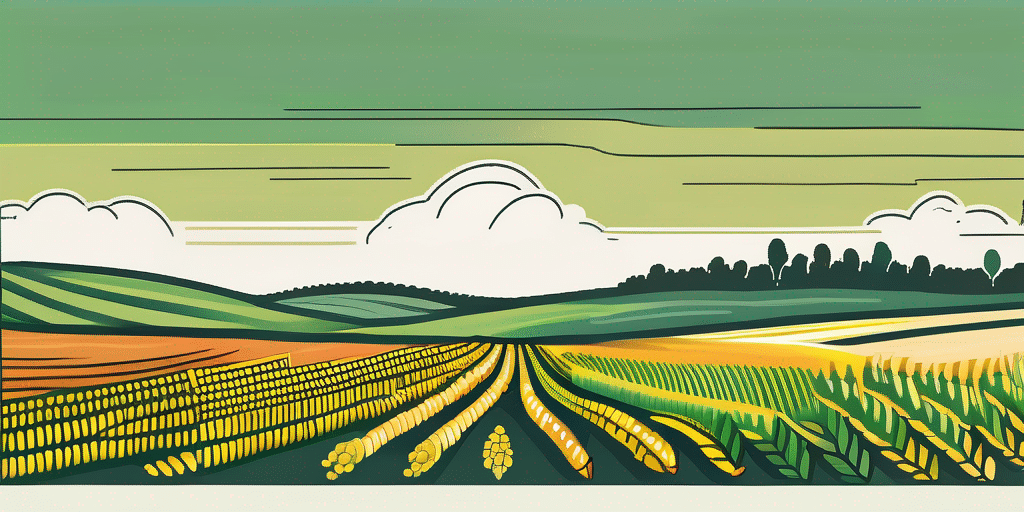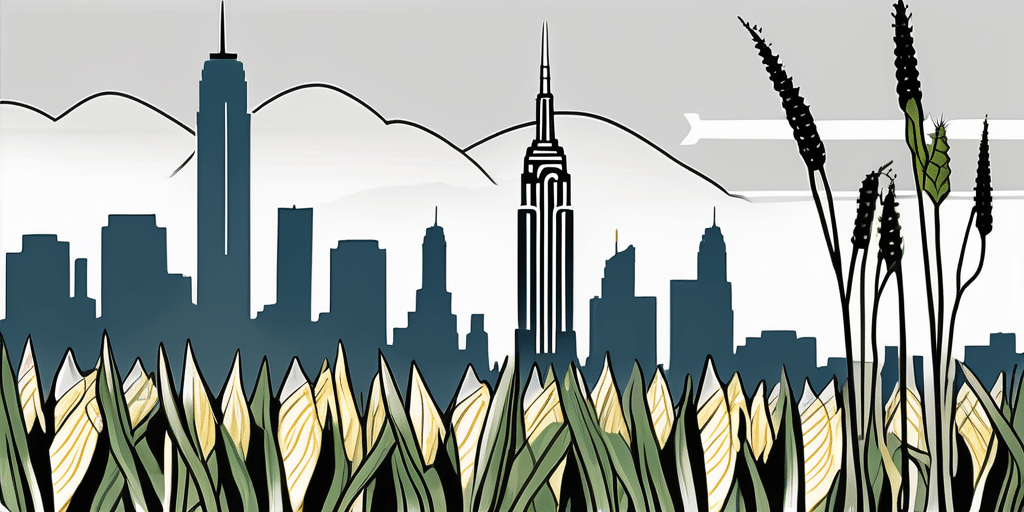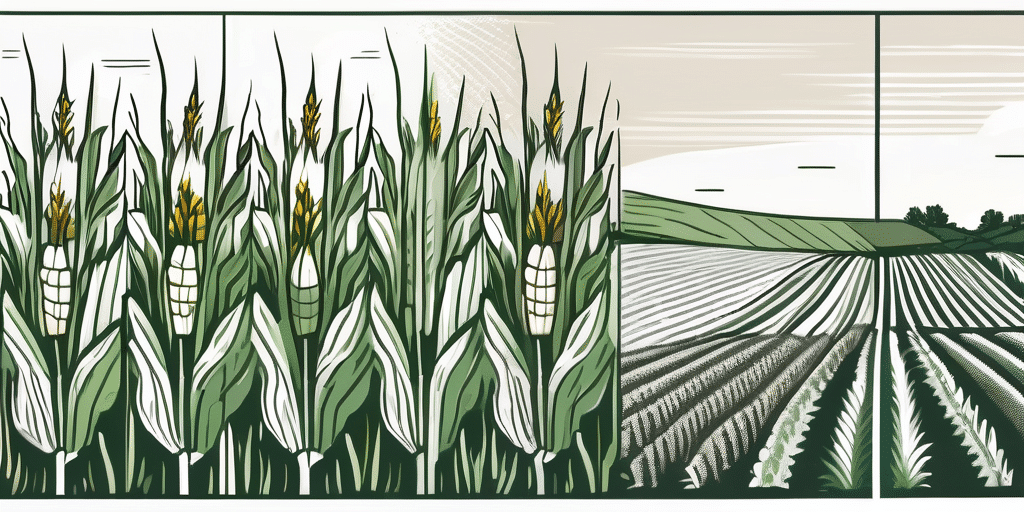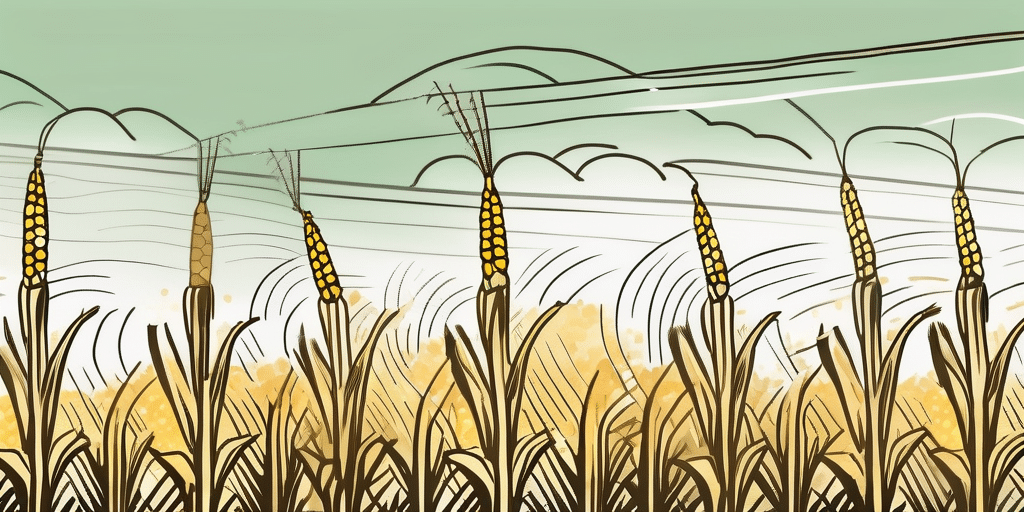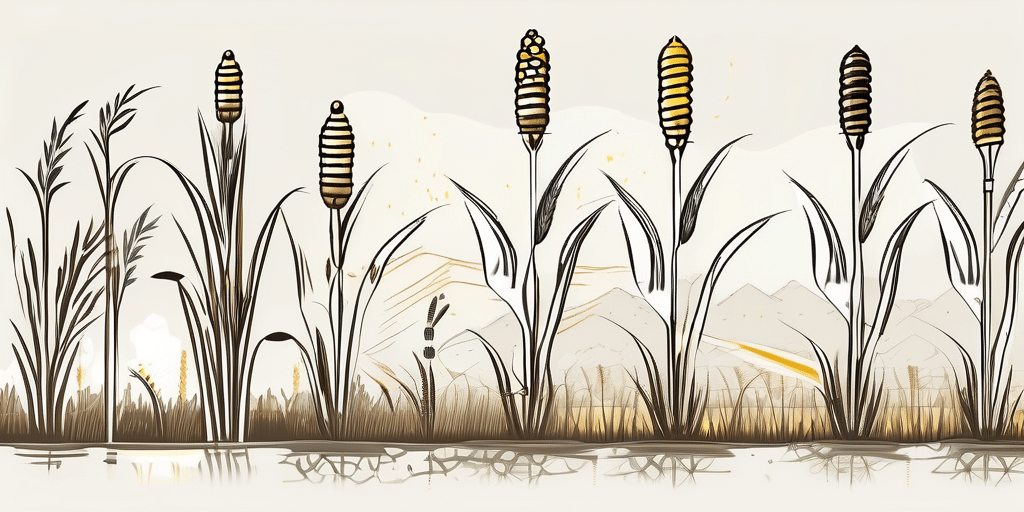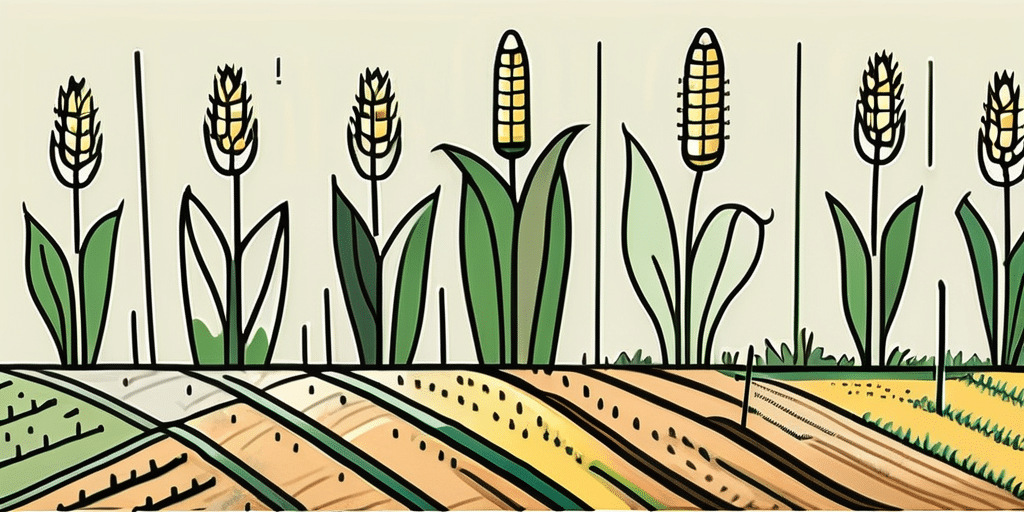Serendipity Corn is a delicious variety of corn that thrives in the beautiful Hawaiian climate. If you’re looking to grow your own Serendipity Corn, you’ll want to know when to plant and how to grow it successfully. In this article, we’ll explore the ideal planting time for Serendipity Corn in Hawaii, as well as provide you with tips on how to ensure a bountiful harvest. Let’s get started!
Climate & Hardiness Zones in Hawaii
Hawaii’s unique climate is perfect for growing a wide range of crops, including Serendipity Corn. The state is divided into different hardiness zones, which are determined by factors such as temperature, rainfall, and elevation. Understanding your specific hardiness zone can help you make informed decisions about when to plant your corn.
According to the United States Department of Agriculture (USDA), the Hawaiian Islands are divided into eleven hardiness zones, ranging from Zone 9a in the cooler mountainous regions to Zone 12a in the warmer coastal areas. When planning your corn planting, it’s crucial to consider the specific hardiness zone of your location.
Each hardiness zone in Hawaii offers unique opportunities and challenges for agriculture. For example, Zone 9a, found in higher elevations like the slopes of Mauna Loa and Mauna Kea on the Big Island, experiences cooler temperatures that are ideal for crops like coffee and macadamia nuts. In contrast, Zone 12a, which encompasses low-lying coastal areas on all the islands, provides a more tropical climate suitable for bananas, pineapples, and sugarcane.
Furthermore, the microclimates within each hardiness zone add another layer of complexity to Hawaii’s agricultural landscape. Factors such as proximity to the ocean, prevailing trade winds, and volcanic soil composition can significantly impact the success of crops like Serendipity Corn. Farmers and gardeners must carefully assess these microclimates to optimize their planting strategies and maximize yields.
When to Plant Serendipity Corn in Hawaii
The best time to plant Serendipity Corn in Hawaii is during the warm months of spring and early summer. In most areas of Hawaii, this falls between February and April. By planting during this time, you allow your corn to take advantage of the ample sunlight and warm temperatures that are ideal for its growth.
It’s important to note that the planting dates could vary slightly depending on your specific hardiness zone. Warmer coastal areas may have a longer planting window, while cooler mountainous regions might require you to plant slightly later in the spring to avoid frost damage.
When selecting a location for planting your Serendipity Corn, consider the wind patterns in your area. Corn is wind-pollinated, so planting in a sheltered spot can help ensure good pollination and kernel development. Additionally, corn is a heavy feeder, meaning it requires a lot of nutrients to grow well. Choosing a spot with fertile soil or amending your soil with organic matter can help provide the necessary nutrients for your corn plants.
Step-by-Step Guide to Planting Serendipity Corn
- Choose a sunny location with well-drained soil. Corn thrives in full sunlight, so select an area that receives at least six to eight hours of direct sunlight daily.
- Prepare the soil by removing any weeds or grass and loosening it with a garden fork or tiller.
- Add organic matter, such as compost or well-rotted manure, to enrich the soil with nutrients.
- Plant the corn seeds about 1 inch deep and 6 inches apart in rows that are 30 inches apart.
- Water the seeds immediately after planting, and continue to provide regular irrigation throughout the growing season.
- Consider using organic mulch, such as straw or shredded leaves, to suppress weeds and retain soil moisture.
When to Harvest or Pick Serendipity Corn in Hawaii
After patiently nurturing your Serendipity Corn plants, it’s time to reap the rewards of your hard work. The harvesting time for corn in Hawaii typically begins around late summer and extends into early fall. The exact timing will depend on the specific variety of Serendipity Corn you’re growing and the planting date.
To determine if your corn is ready for harvest, gently peel back the husk and examine the kernels. Ripe corn should have plump, milky kernels that are evenly spaced. Avoid harvesting too early, as the kernels may be underdeveloped and lacking in flavor. On the other hand, if you wait too long, the kernels may become tough and starchy.
It’s fascinating to note that Serendipity Corn, a hybrid variety known for its vibrant colors and exceptional taste, thrives in the tropical climate of Hawaii. The warm temperatures and abundant sunshine contribute to the development of sweet and tender kernels, making it a popular choice among home gardeners and commercial farmers alike.
Tips for Harvesting Serendipity Corn
- Harvest corn in the early morning or late evening when the temperatures are cooler.
- Grasp the ear firmly and give it a quick, downward twist to detach it from the stalk.
- Once harvested, immediately cool the corn to preserve its sweetness and juiciness. Plunge the ears into a bucket of ice water or place them in a refrigerator.
Furthermore, when harvesting Serendipity Corn, it’s essential to pay attention to the plant’s signals. Look for brown and dry silks, which indicate that the corn is mature and ready to be picked. Additionally, the kernels should exude a milky substance when punctured, signaling optimal ripeness for consumption.
Frequently Asked Questions
Q: How long does it take for Serendipity Corn to mature?
A: Serendipity Corn typically takes around 70 to 80 days to reach maturity, depending on the specific variety and growing conditions. It’s important to check the seed packet or consult the supplier for the recommended maturity days for your particular corn variety.
Q: Can I grow Serendipity Corn in containers?
A: While corn is traditionally planted directly in the ground, it is possible to grow Serendipity Corn in large containers. However, keep in mind that corn plants can grow quite tall and may require staking for support.
Q: How do I know if my soil is suitable for growing corn?
A: Corn thrives in well-drained soil that is rich in organic matter and has a slightly acidic pH level. Conduct a soil test to determine its composition and pH level. If necessary, amend the soil with organic matter and adjust the pH as recommended.
Q: Can I save seeds from my Serendipity Corn for planting next year?
A: It is possible to save seeds from your Serendipity Corn for planting in the following year. However, keep in mind that corn is wind-pollinated, which means there is a high chance of cross-pollination with other corn varieties in your vicinity. To maintain the purity of the Serendipity Corn variety, isolation or hand-pollination techniques may be necessary.
Q: Are there any common pests or diseases that affect Serendipity Corn in Hawaii?
A: While Serendipity Corn is relatively resistant to many common corn pests and diseases, it is still susceptible to issues such as corn earworms and fungal diseases like rust and smut. Implementing good cultural practices, such as crop rotation, proper watering, and regular inspection for pests, can help mitigate these problems.
With the right timing and a little bit of care, you can enjoy a successful harvest of Serendipity Corn in Hawaii. Whether you choose to prepare it fresh on the grill or freeze it for later, the sweet and juicy kernels of Serendipity Corn are sure to delight your taste buds. Happy planting and growing!
Join How to Grow Everything for More Gardening Success!
Ready to take your gardening to the next level? Subscribe for free to How to Grow Everything and learn how to build the garden of your dreams! Receive personalized gardening advice tailored to your Hawaiian grow zone, experience level, and interests. Our family is committed to helping you grow not just Serendipity Corn, but everything your heart desires, with the best gardening tips and special offers delivered straight to your inbox. Join our community today and grow with confidence—100% free, no spam, just pure gardening gold!

